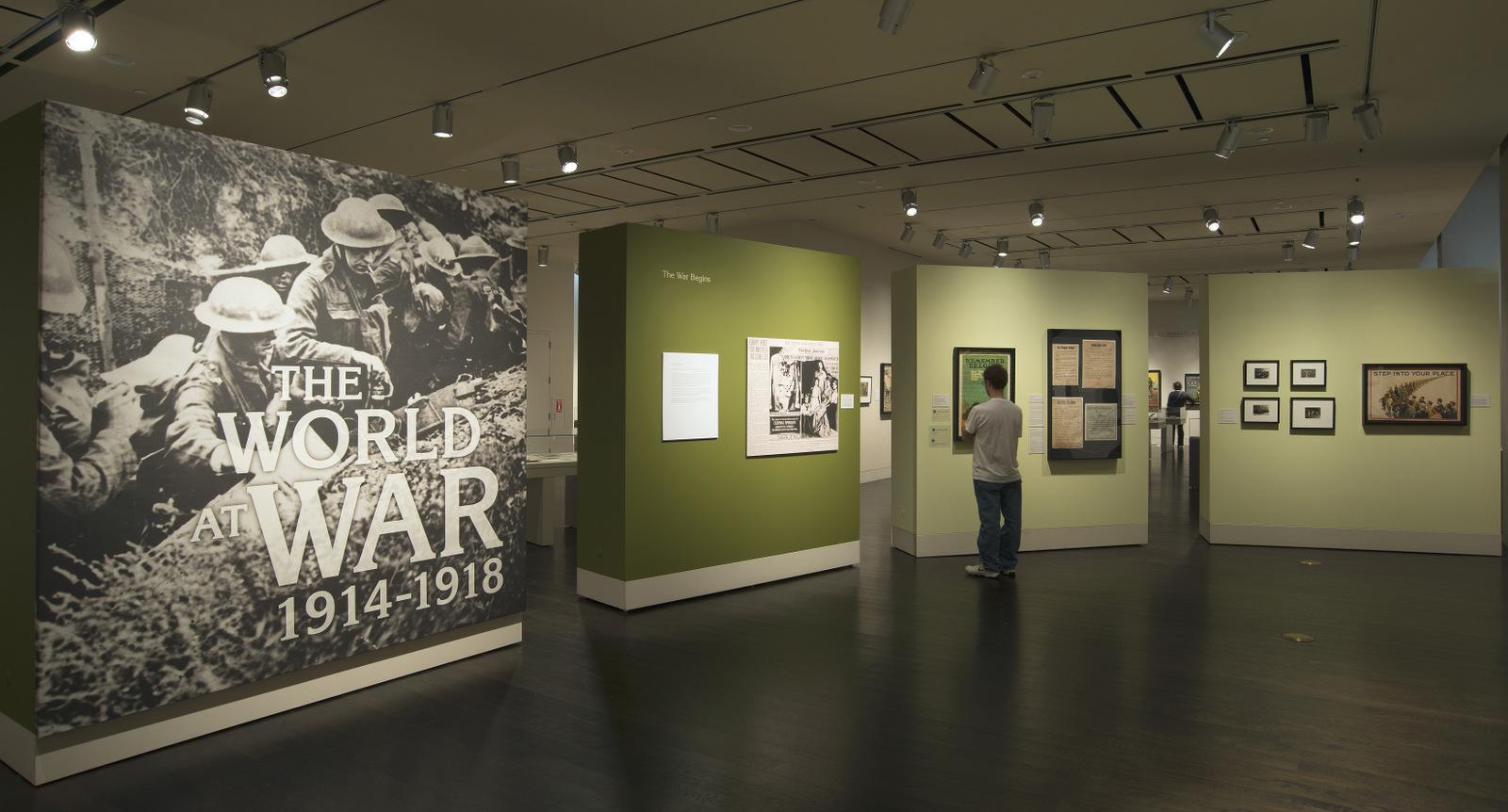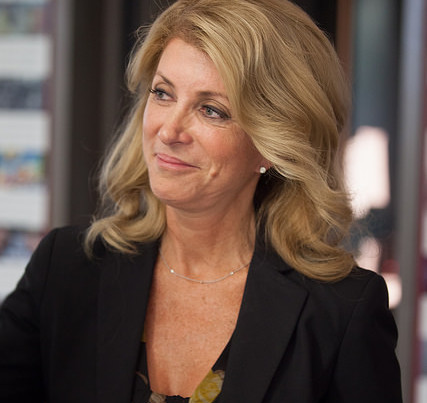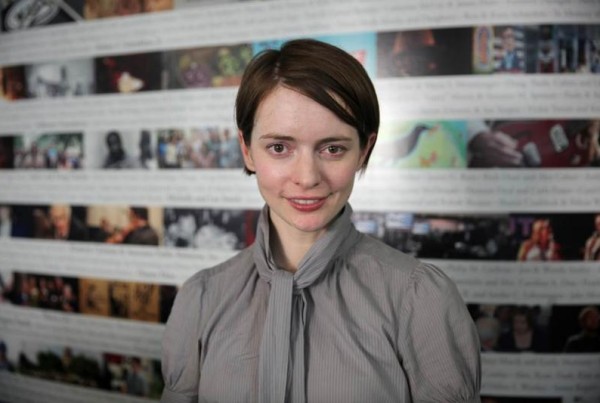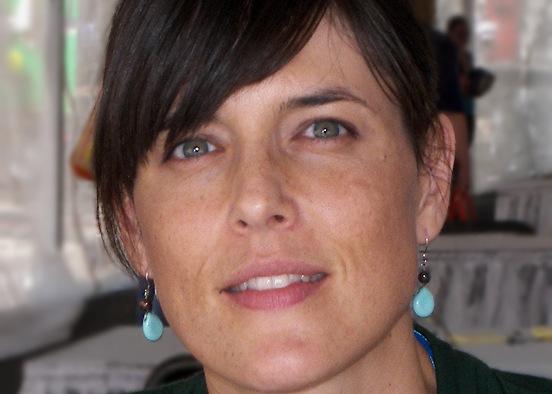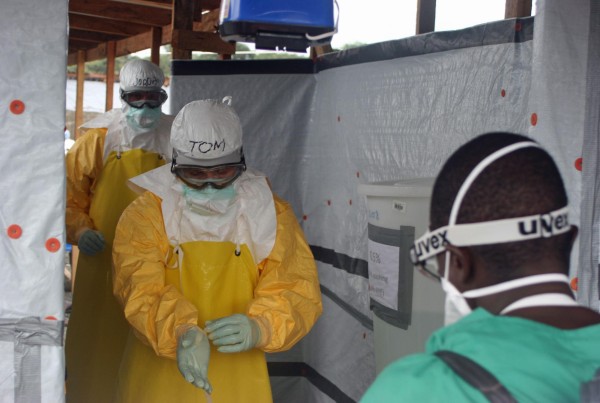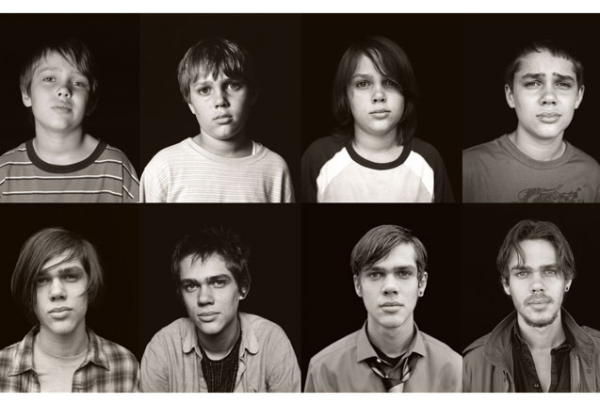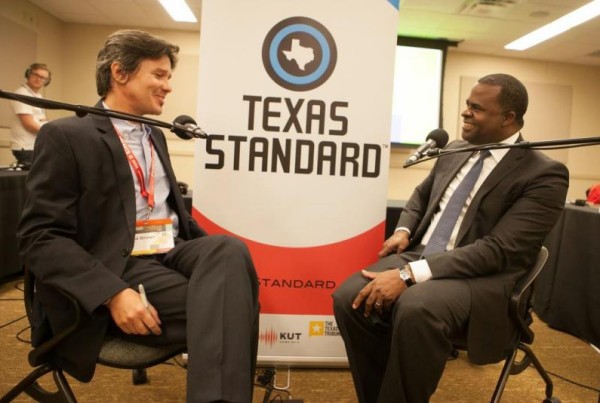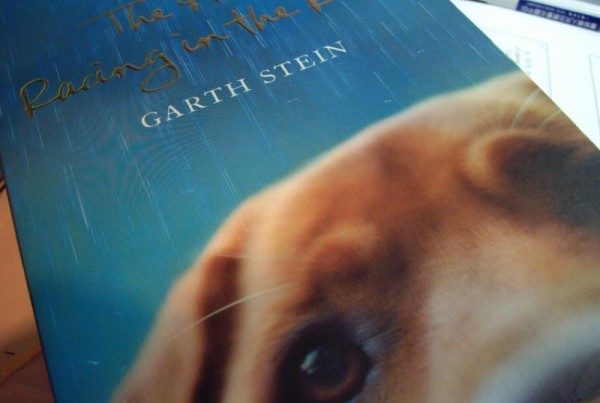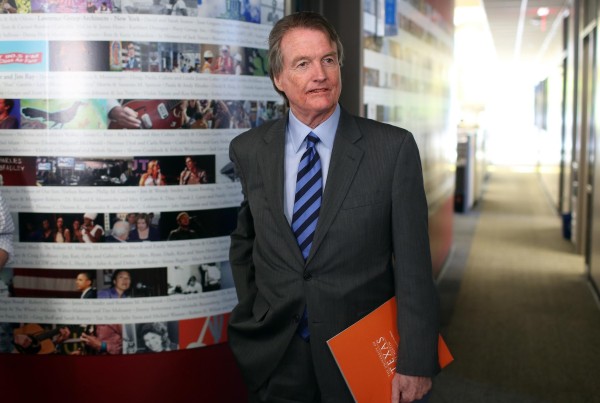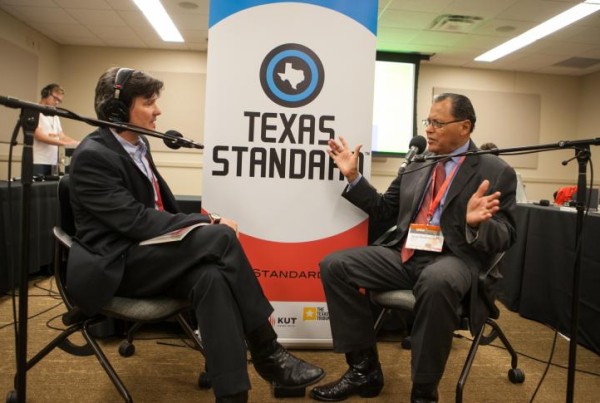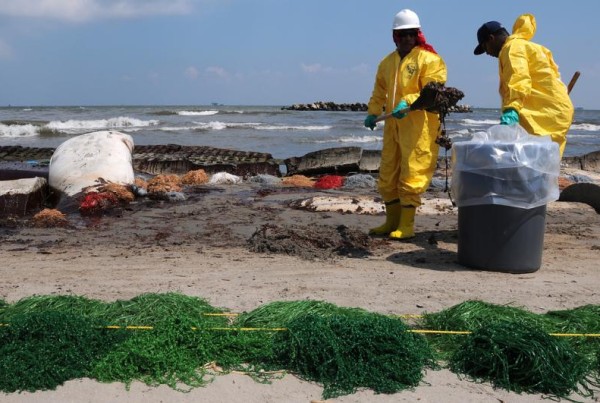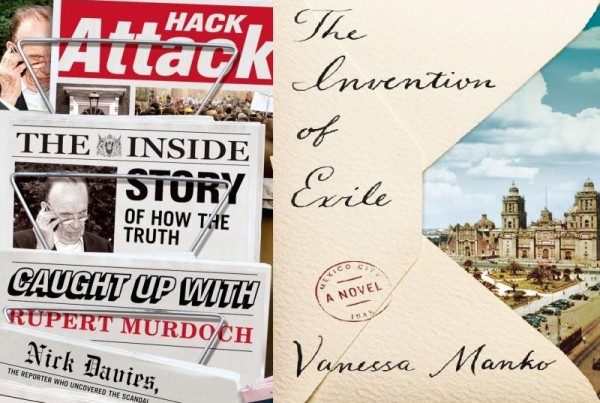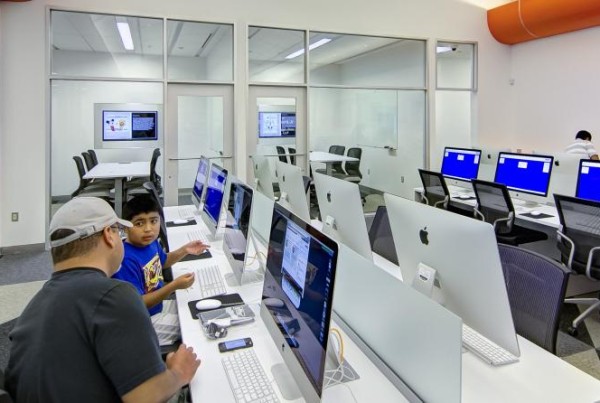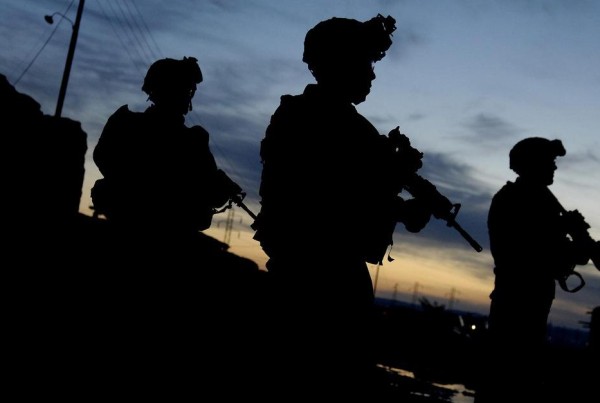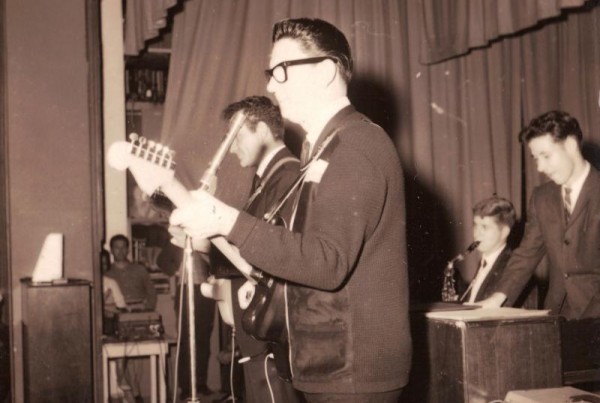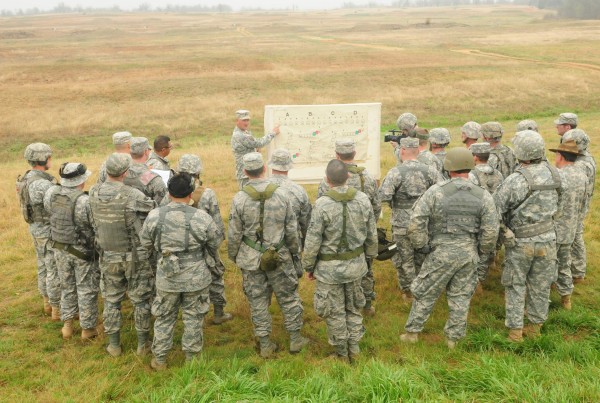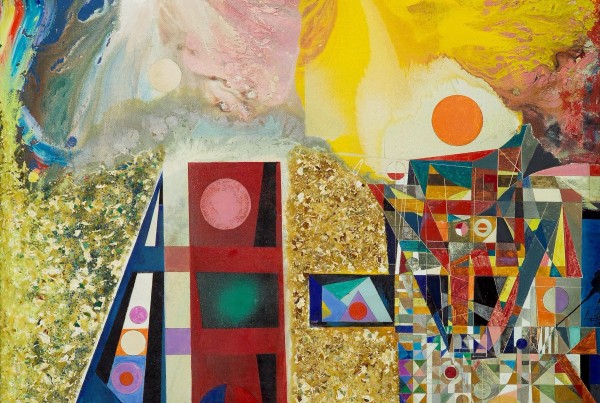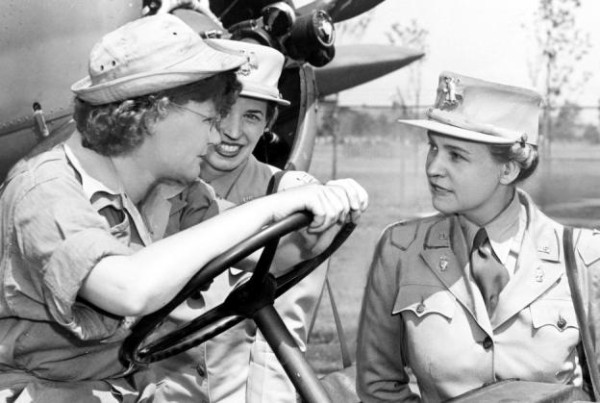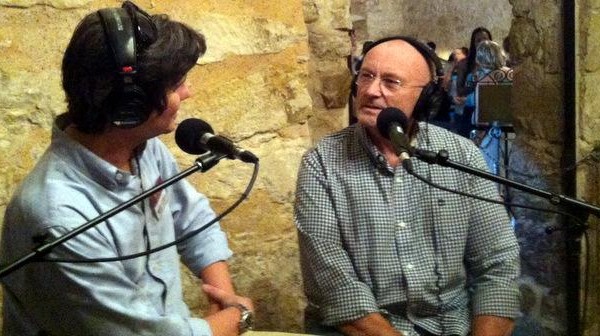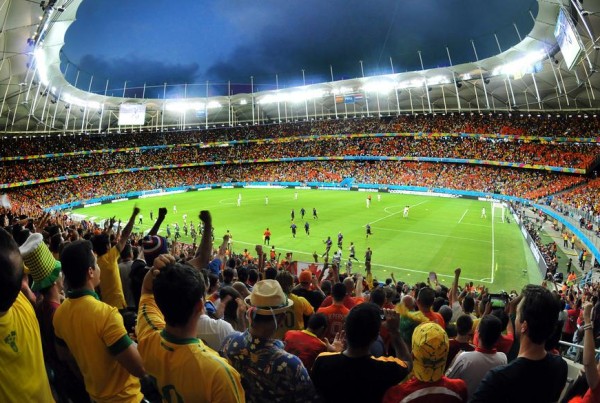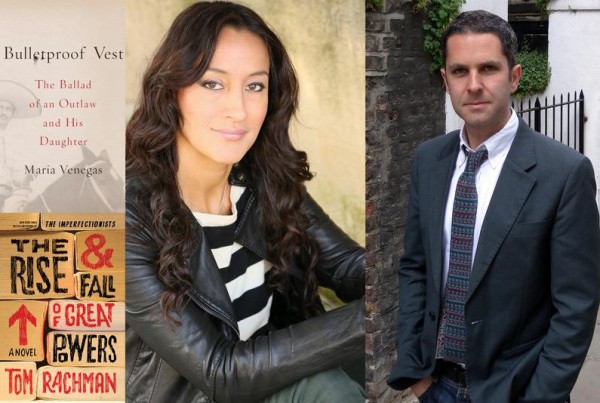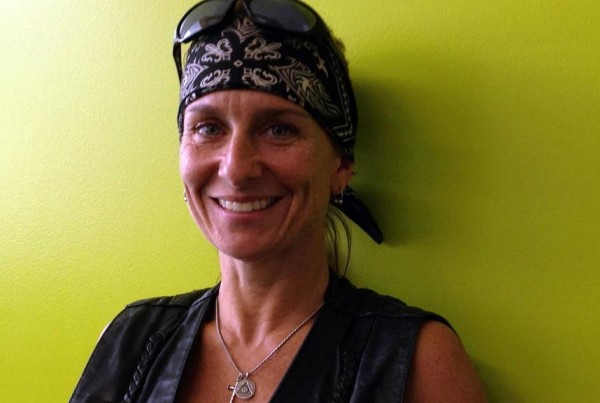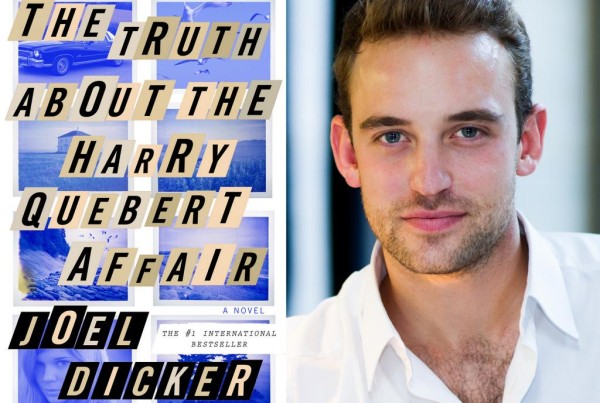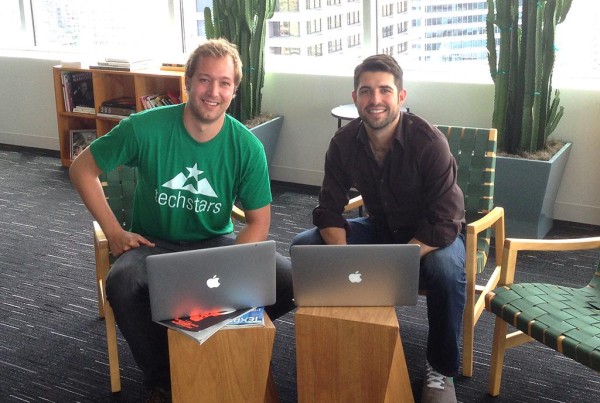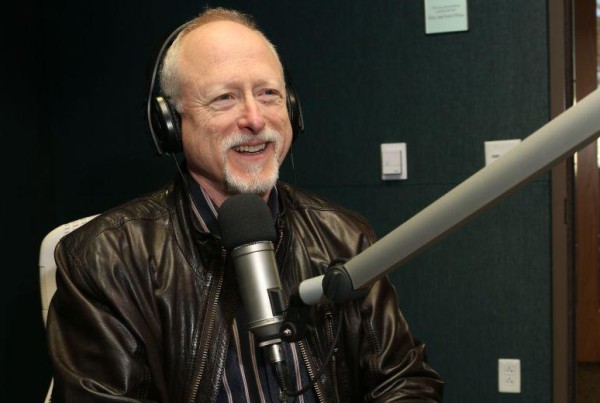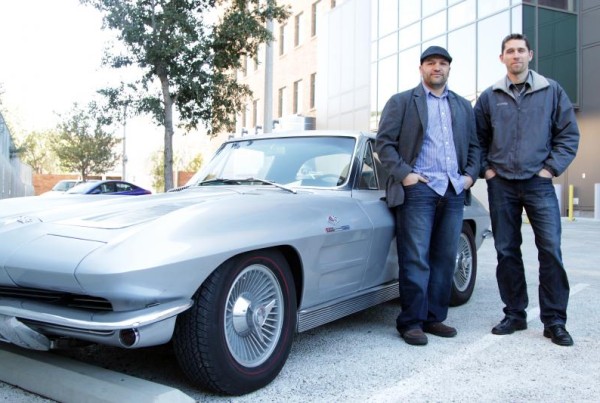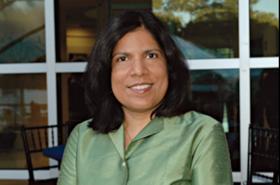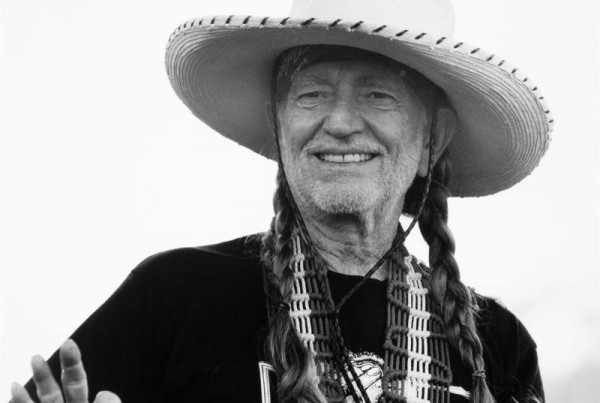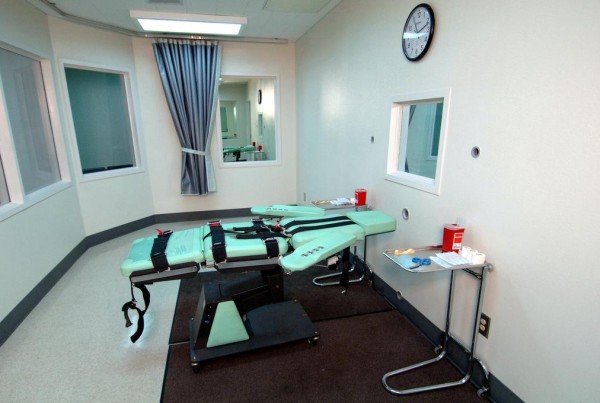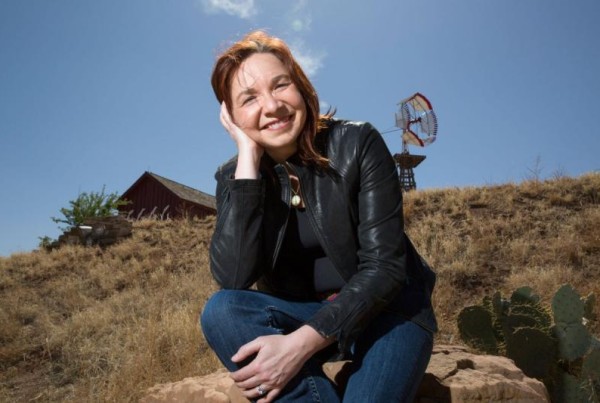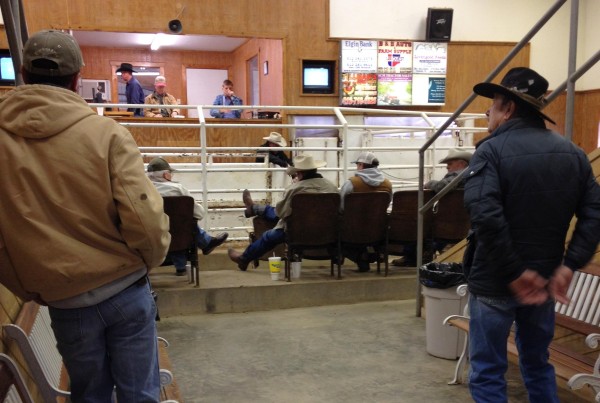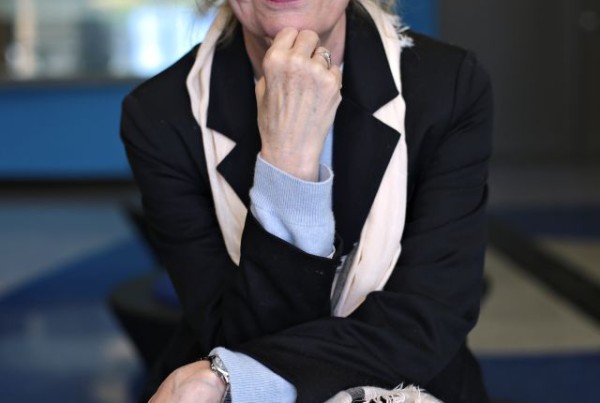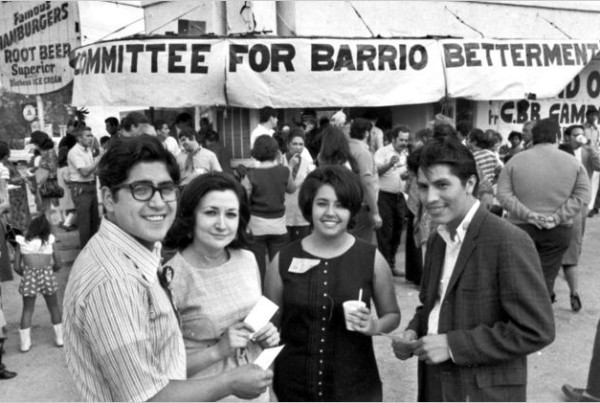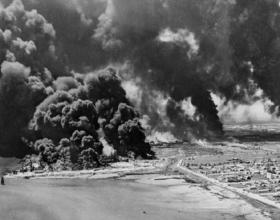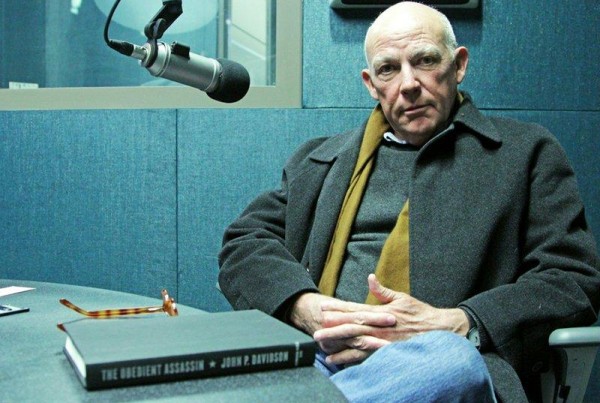World War I stands as a turning point of modern history – a point where industrialization and technology clashed with a bygone imperial policy.
The results were devastating: the four-year conflict involved over a 100 countries and claimed nearly 20 million lives. With its sheer scale it’s easy to forget about the human side of the conflict – the individuals, soldiers, loved ones, and family members who lived throughout the period.
On the centennial anniversary of “The Great War,” curators Jean Cannon and Elizabeth Garver explore the personal side of that conflict with their new book “The World At War, 1914 – 1918.” The tome is based on the exhibit of the same name at UT-Austin’s Harry Ransom Center. The Texas Standard’s David Brown recently sat down with Cannon and Garver to talk about the conflict and the artifacts it left behind.
“Some of these letters … are written from the trenches, under fire under in some certain cases,” Garver says. “It’s very moving to see the actual document, the actual letter, the actual hesitation in the handwriting. Sometimes they’ll even write in the sound of bombs falling.”
Many of the letters and drawings collected in “The World at War”detail a somewhat graphic, personal account of the war – an account that often ignored in many historical texts.
Another focal point on display is an array of propaganda posters, many of which have been well maintained. These images, exalting and praising the war effort, highlight the grim difference between an idealized conflict and its the terrifying reality.
“The propaganda posters really hit home, I think, in showing how widespread this war was, as far as affecting everyone, the battlefront, the home front,” Cannon says. “They’re also very, very colorful – and most people think of this conflict in terms of black and white and sepia and somehow that makes it seem so far away. With the propaganda posters they very much reflect this sort of advertising we have in the world today. Somehow that makes it closer to our experience.”
The exhibit continues until Aug. 3 at the Harry Ransom Center.


